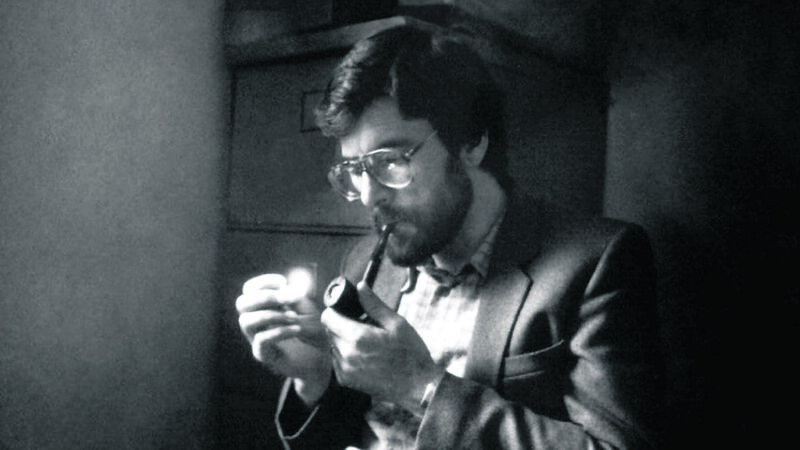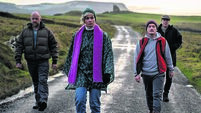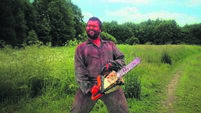Film Review: He hasn’t gone away... Adams’ life in his words

From his early years as an activist, he emerged as a polarising figure, often facing heavy media scrutiny regarding his alleged ties to paramilitary organisations.
Despite the controversies surrounding him, his unwavering commitment to activism has endured.
Throughout his career as an activist and politician, Adams has maintained a strong sense of privacy, with interviews focused solely on the goals.
Now, for the first time, he has agreed to be interviewed for a documentary in his own words, directed by Trisha Ziff, who uses extensive archive footage to give context to his words.
offers a fascinating exploration of the Civil Rights Movement in Northern Ireland and provides a glimpse into the private thoughts of one of Ireland’s most notable public figures.
The documentary begins with Adams discussing his childhood and growing up in Ballymurphy, West Belfast. He talks about the poverty he grew up in, but it was widespread; kids didn’t feel disadvantaged, and every family was in the same boat.
As the oldest child of a large family, Adams was sent to live with his grandmother, who introduced him to the joy of reading. It was at this time that he fully began to see the effects of colonialism on Northern Ireland, and the seeds of activism were planted.
He talks about the dehumanising of the people of Northern Ireland by having their language stripped, the culture stomped out, and the attempts to silence them. Adams comes of age as the Civil Rights Movement takes off.
The Ballymurphy man notes that the movement was part of a global wave of change, with civil unrest against segregation in the U.S, student campaigns in Europe, and the start of the protests against apartheid in South Africa.
Adams highlights that the universal desire for change aligns with the rise of television, allowing people worldwide to witness events in different countries. This collective yearning empowered those fighting for change, as footage of global protests showcased the momentum behind this movement.
We see footage of the Battle of the Bogside - the first step in a significant change. What begins with youngsters throwing sticks and petrol bombs at the RUC becomes a call to protest for all members of society.
The response to the actions in the Bogside was devastating. The British army arrived en masse and 3,500 families were burnt out of their homes in just one month in 1969. Most were left with nothing and were forced to move into schools and community halls. Street fighting became part of daily life. Curfews were imposed in certain areas, and people could not leave their homes under any circumstances under it.
Adams talks about how the IRA was largely quiet for many years, but came to the fore in response to the harsh conditions placed on the republican movement.
There is fascinating footage of the women who gathered not to fight with arms, but to protest.
As the situation escalates, internment begins, and Adams describes his experiences. He was interned more than once and talks about being released to travel with Martin McGuinness for peace talks. The talks happen; peace does not.
The documentary recounts Bloody Sunday, the infamous hunger strikes, and the death of Bobby Sands. We see attempts to ban large funerals for activists, the banning of the word ‘volunteer’ from death notices in one of the North’s largest newspapers, and Adams’s transition from activism to politics. The road to the peace process begins.
The documentary doesn’t challenge Adams; it doesn’t question him; it allows him to tell his side of the story. Some might want something more probing, and no doubt there are other documentaries to be made, but this is a fascinating look into a crucial Irish figure and an in-depth examination of the Irish Civil Rights movement by a man who lived it.
, in cinemas, Oct 17, cert 12a, ****







